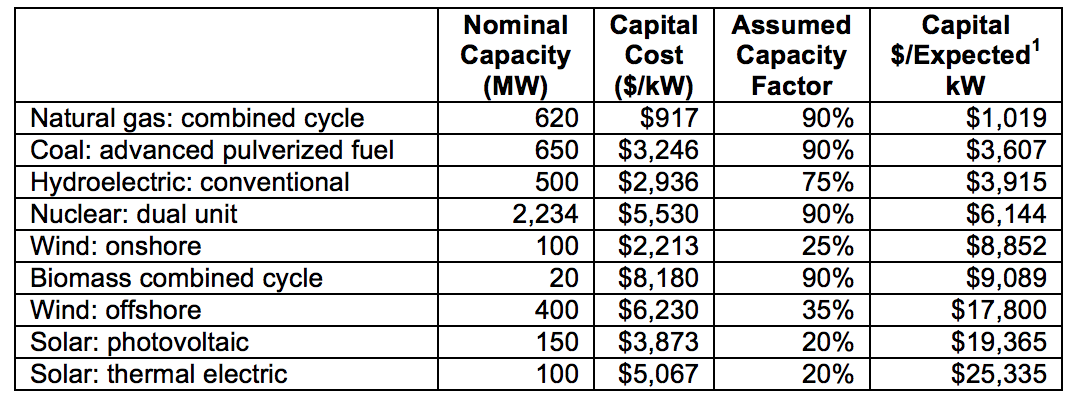For those that believe in the reality of climate change and its implications, renewable energies are a necessity and the sooner they get here the better. The catch is that a switch from energy sources like natural gas would lead to a much higher utility bill and so hurt people especially from lower-income segments. It is important to understand where solar and wind sources stand from a cost perspective to better grasp how far they are from realistically competing with less sustainable sources like natural gas.
According to “The Economics of Renewable Energy” by David Timmons, Jonathan M. Harris, and Brian Roach the current cost challenges are net energy, intermintancy, and capital intensity.
Net energy is the amount of energy available for final consumption divided by the energy required to produce it. In other words, a big net energy ratio means that a lot of useful energy can be captured from a smaller investment. From this standpoint hydropower, coal, and farmed willow chips are by far the most attractive. It is important to note that while hydropower is considered a renewable source of energy this writing is focused on the more sustainable sources of solar and wind.
 The next cost contributor is intermittency, which describes how easily supply sources can match demand. It is harder for renewables to match demand because they cannot be produced on a whim. “some days the wind does not blow, and the sun does not shine. Hydropower may be unavailable during drought periods, and biomass crops experience crop failures (just like food crops).” This problem is most extreme for the electricity market where supply has to match demand at every moment. There is no easy solution to intermency as supply would vary based on weather conditions and so price would be largely unpredictable. An attractive long-term solution to intermincy is upgrading electrical grids so that energy produced by wind can move from the production location to where it is needed.
The next cost contributor is intermittency, which describes how easily supply sources can match demand. It is harder for renewables to match demand because they cannot be produced on a whim. “some days the wind does not blow, and the sun does not shine. Hydropower may be unavailable during drought periods, and biomass crops experience crop failures (just like food crops).” This problem is most extreme for the electricity market where supply has to match demand at every moment. There is no easy solution to intermency as supply would vary based on weather conditions and so price would be largely unpredictable. An attractive long-term solution to intermincy is upgrading electrical grids so that energy produced by wind can move from the production location to where it is needed.
The final big contributor preventing wind and solar sources from becoming attractive from a cost standpoint is capital intensity. The capital cost is of natural gas is three to five times less than solar and six times less than wind while having a much larger capacity. The higher capital cost is mainly due to cost of setting up a renewable energy plant. A higher capital cost means that renewable energy sources are also more susceptible to interest rates and since the rates dictate the cost of borrowing, the higher they are the less renewables make sense. Of course this works in both directions, so the lower the interest rate the more renewables make sense.
Overall, wind and solar still have a ways to in order to compete with natural gas which is the most cost attractive solution for electricity markets. Further diversifying energy sources to include wind, solar, and even nuclear fusion are a step in the right direction. Looking towards the future, it will be interesting to see what steps are taken towards an improved electrical grid.
Sources
Timmons, D., Harris, J., & Roach, B. (2014). Retrieved from http://www.ase.tufts.edu/gdae/education_materials/modules/renewableenergyecon.pdf

